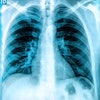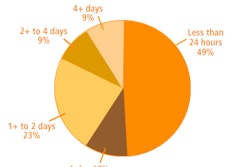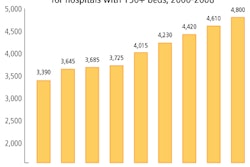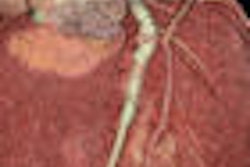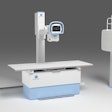Dear Digital X-Ray Insider,
Reducing radiation dose is top of mind these days for anyone involved in medical imaging. In digital x-ray, "dose creep" is a particularly vexing problem that occurs when a facility's aggregate radiation dose levels steadily rise following conversion to digital imaging.
To counter dose creep, researchers have been investigating the use of data-mining software that can query PACS archives to detect trends in digital x-ray dose. But most of these applications have required some type of manual intervention in the data-query process.
Now, researchers from Australia believe they've solved the problem though a computed radiography (CR) dose-mining application that automatically produces dose reports that can be viewed via a Web browser. What's more, the software works with devices from several of the major manufacturers of CR systems. Read all about it in this edition's Insider Exclusive by clicking here.
In other news, a recent report by Israeli researchers on bacterial contamination of portable x-ray units has been garnering attention. Find out how serious the problem is by clicking here.
Also learn about a study from the International Atomic Energy Agency that found that while some hospitals in the developing world may be using too much radiation dose during interventional radiology and cardiology studies, they are making progress in monitoring dose on a regular basis.
Finally, read about how chest radiography may be just as good as CT for assessing children who've received blunt chest trauma.
If you have tips or ideas on topics you'd like to see covered in the Digital X-Ray Community, drop me a line at [email protected].



